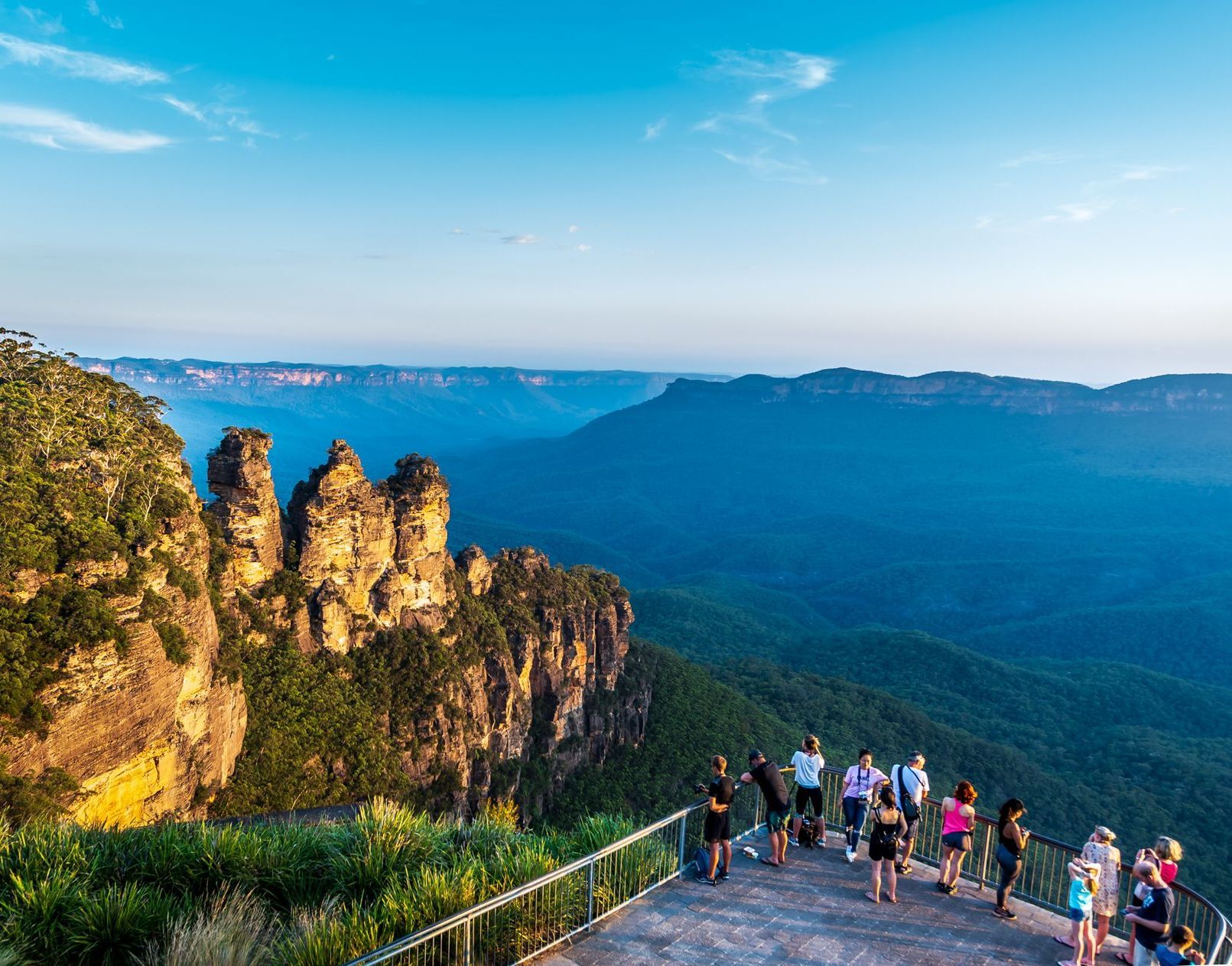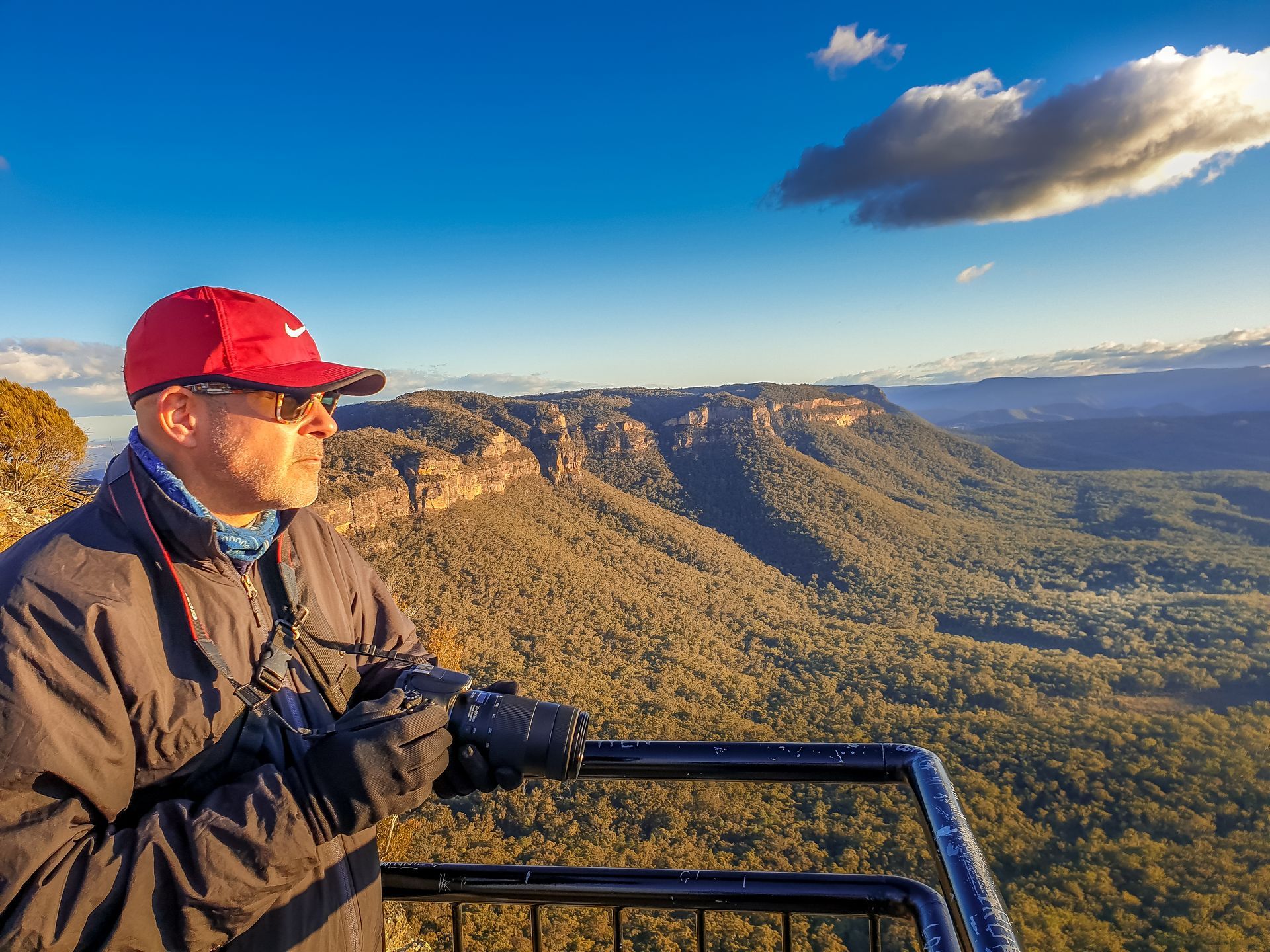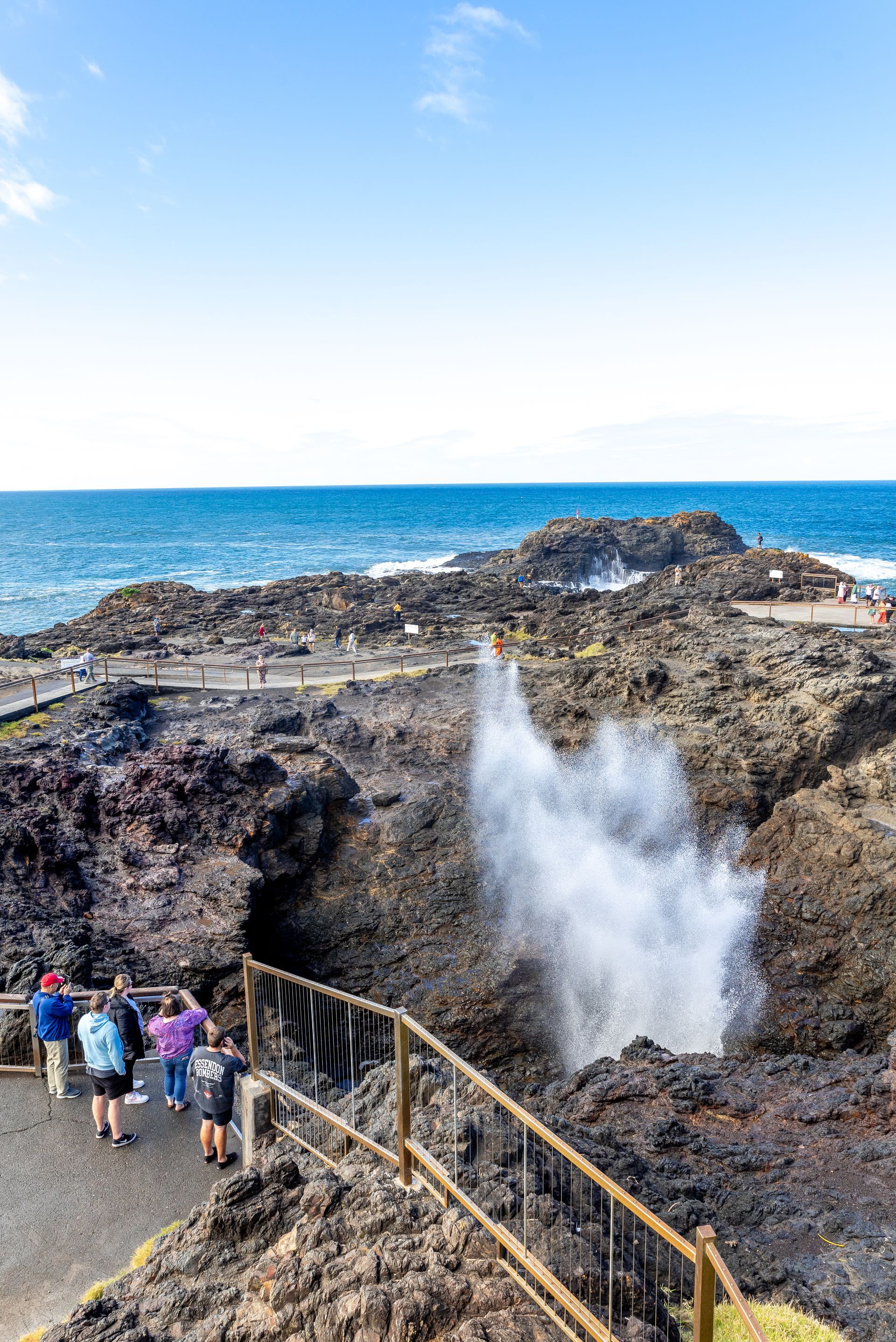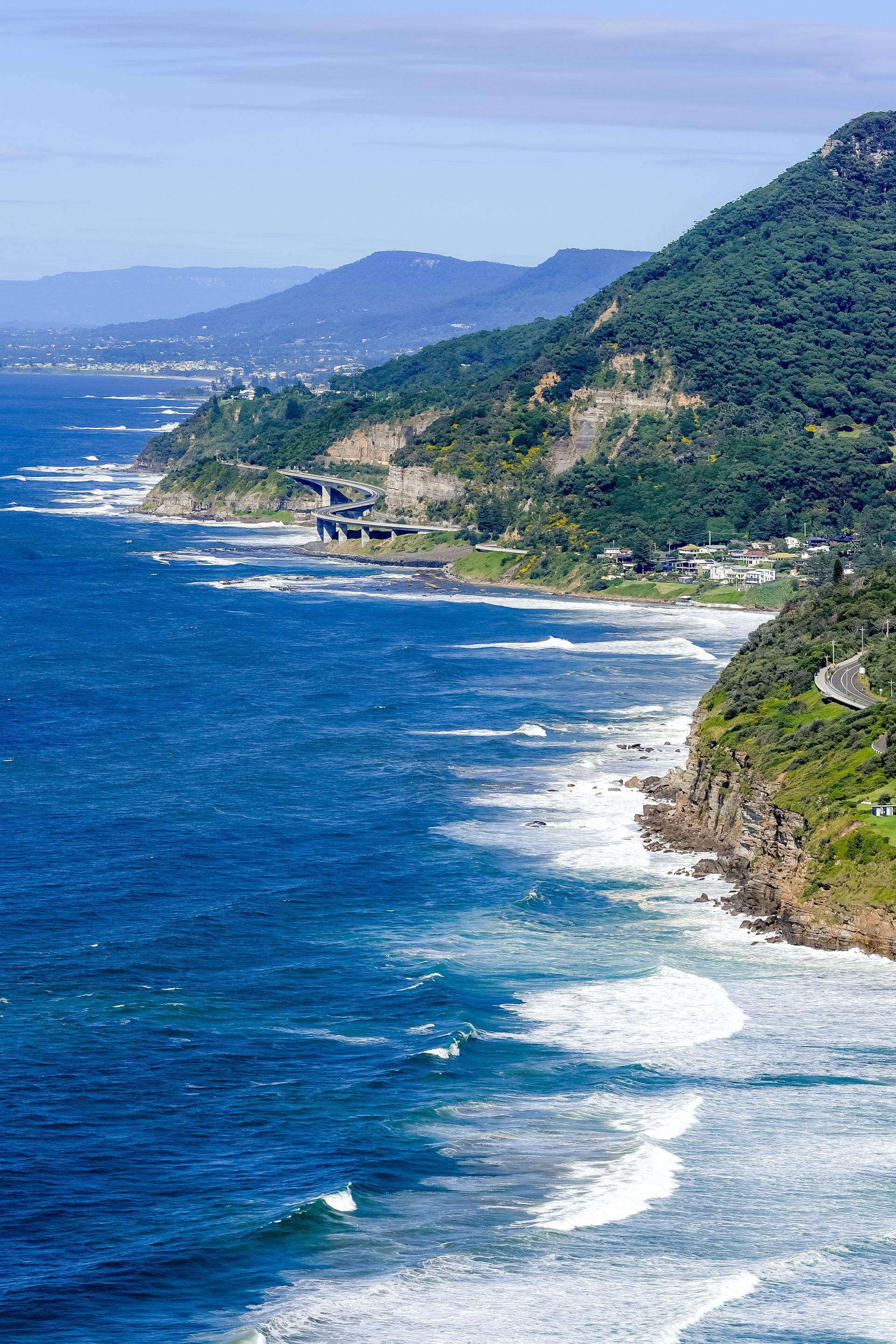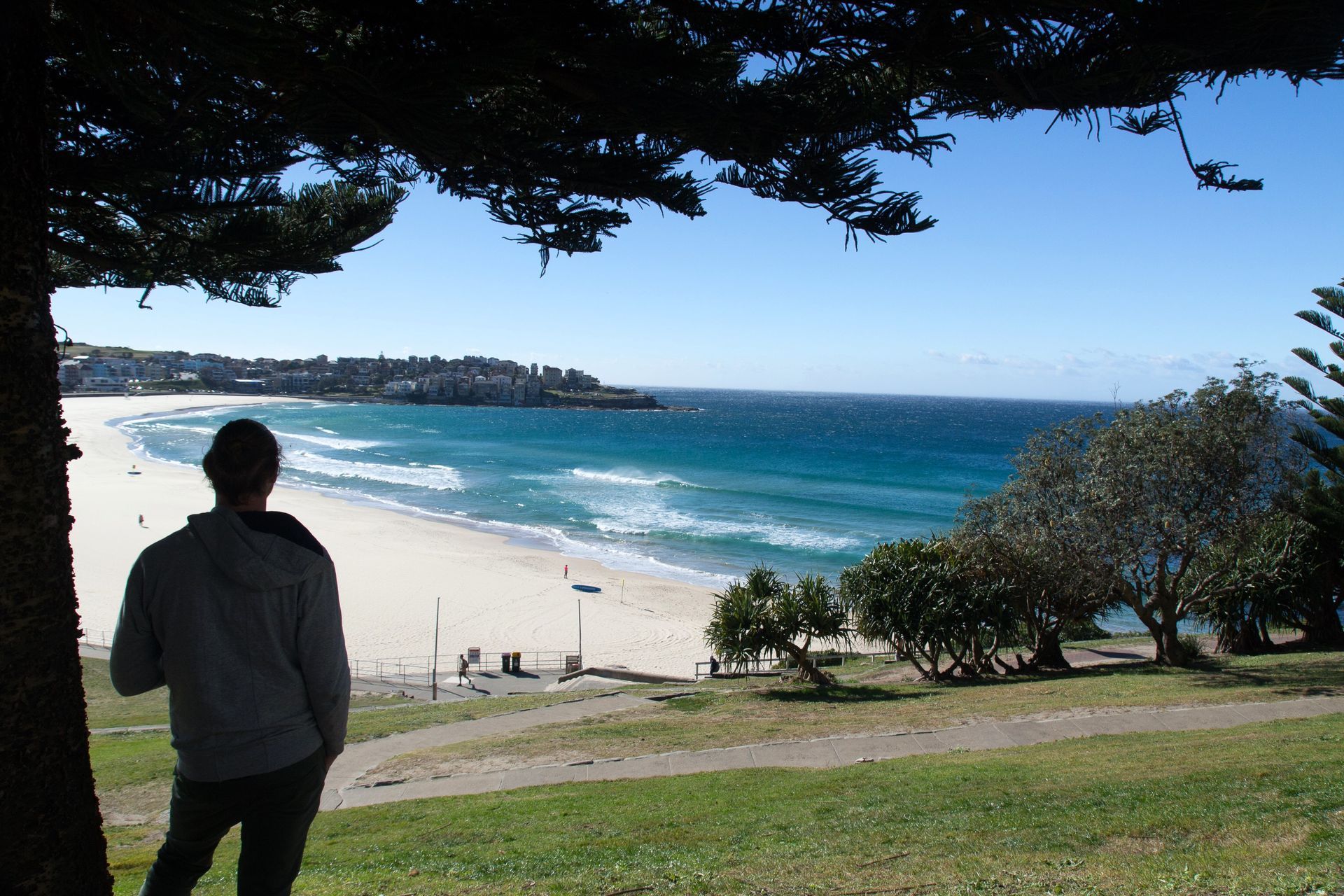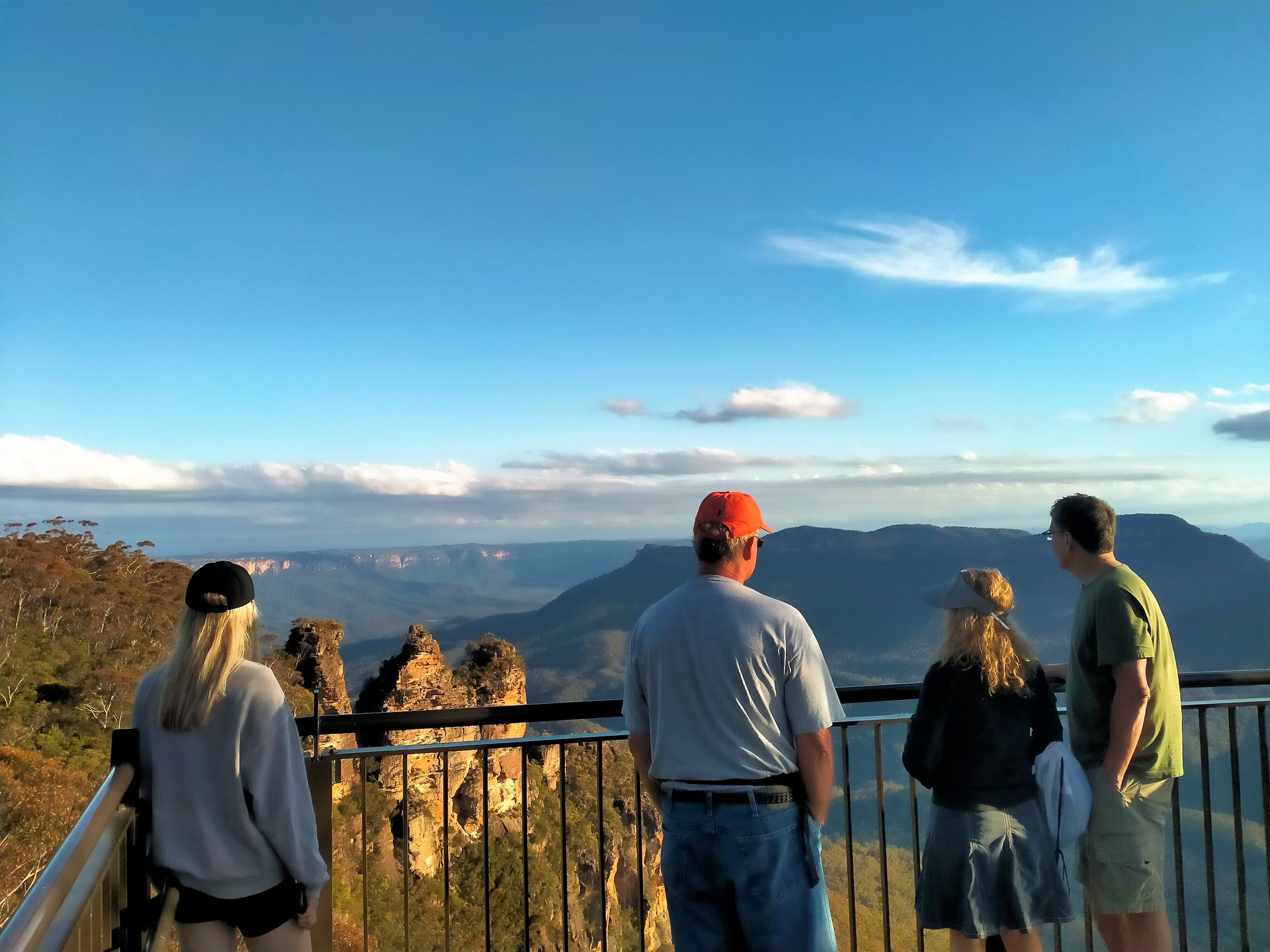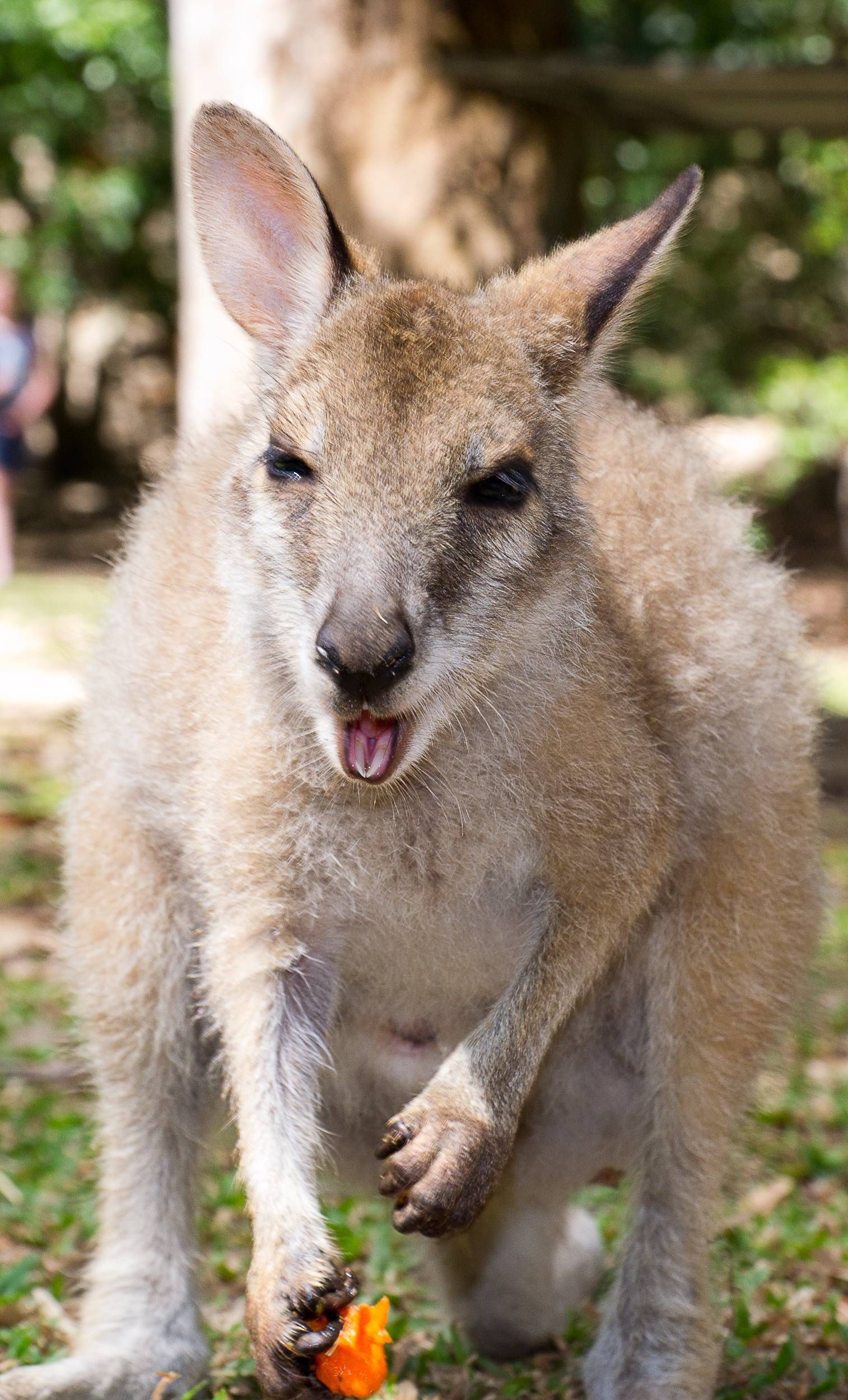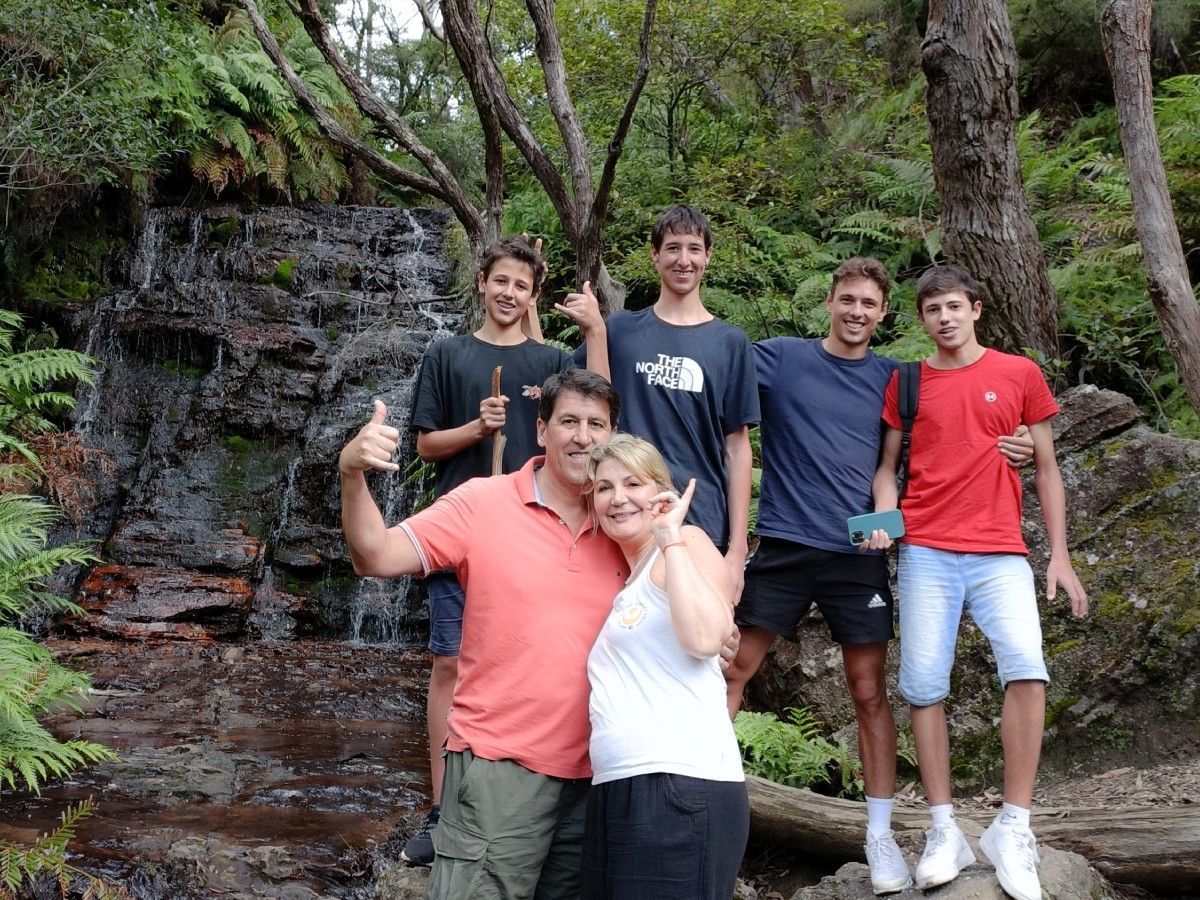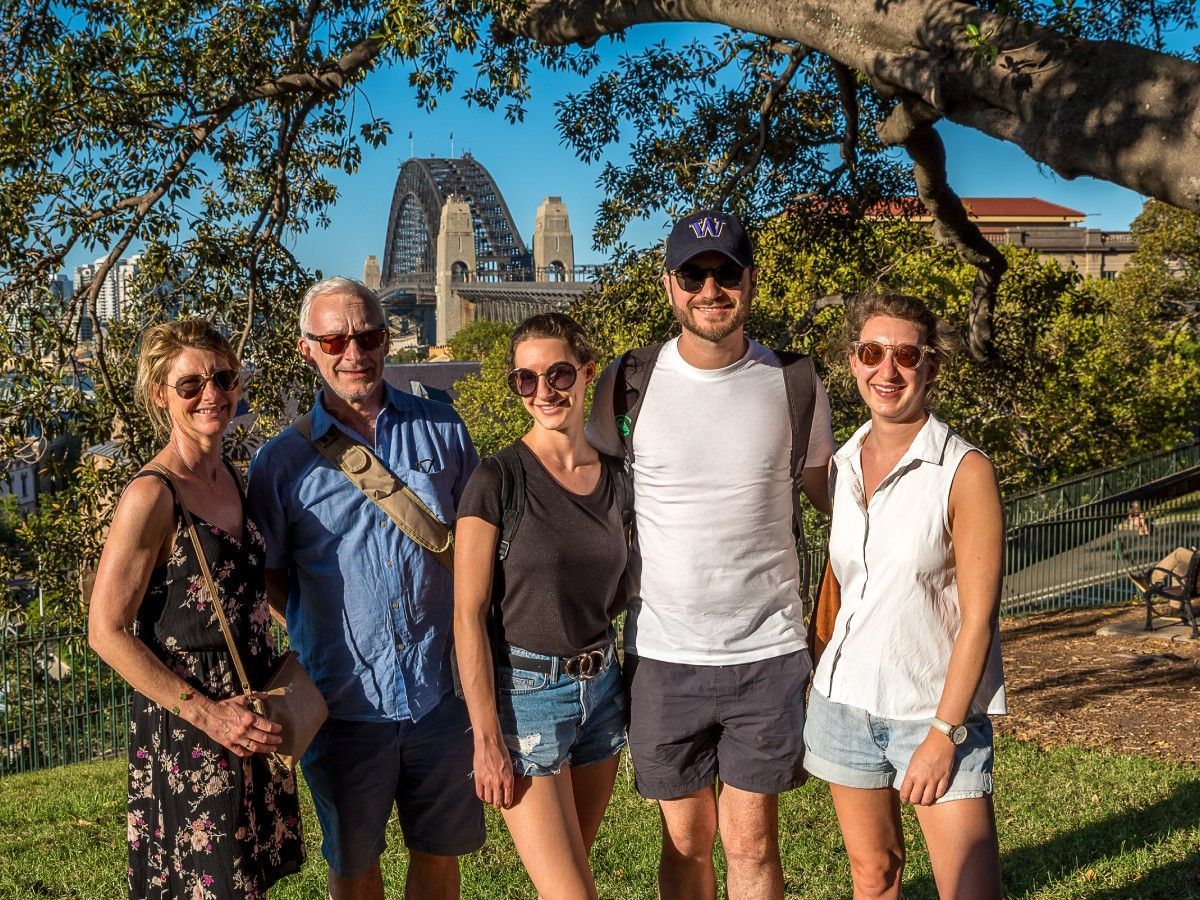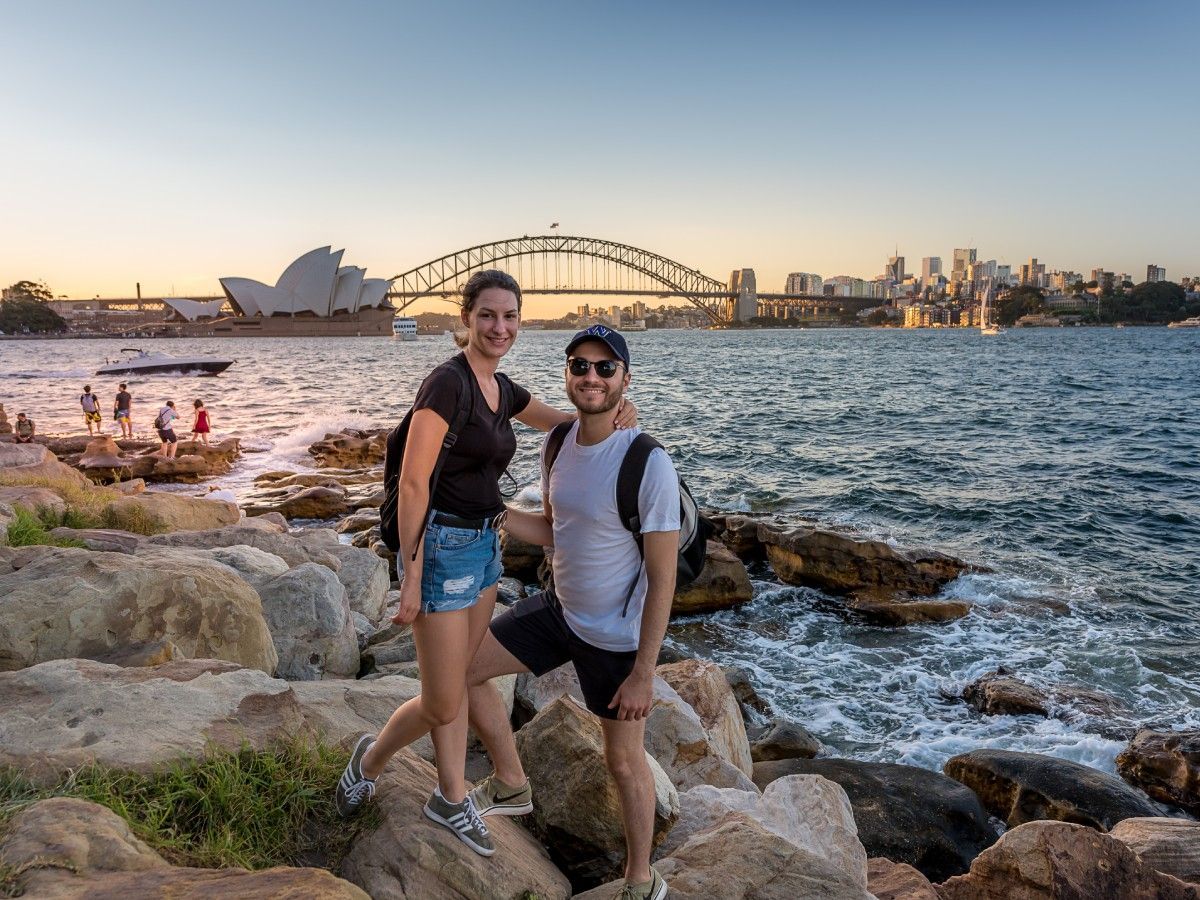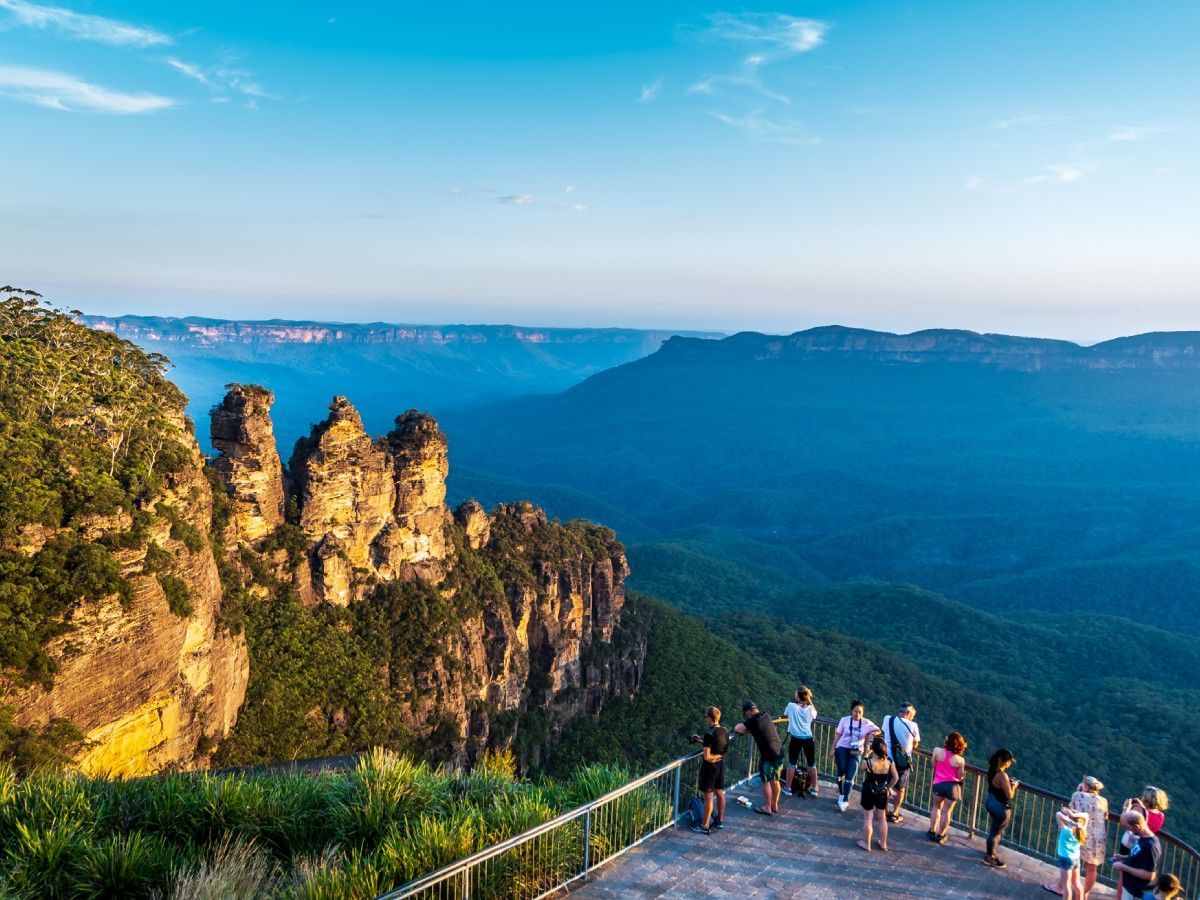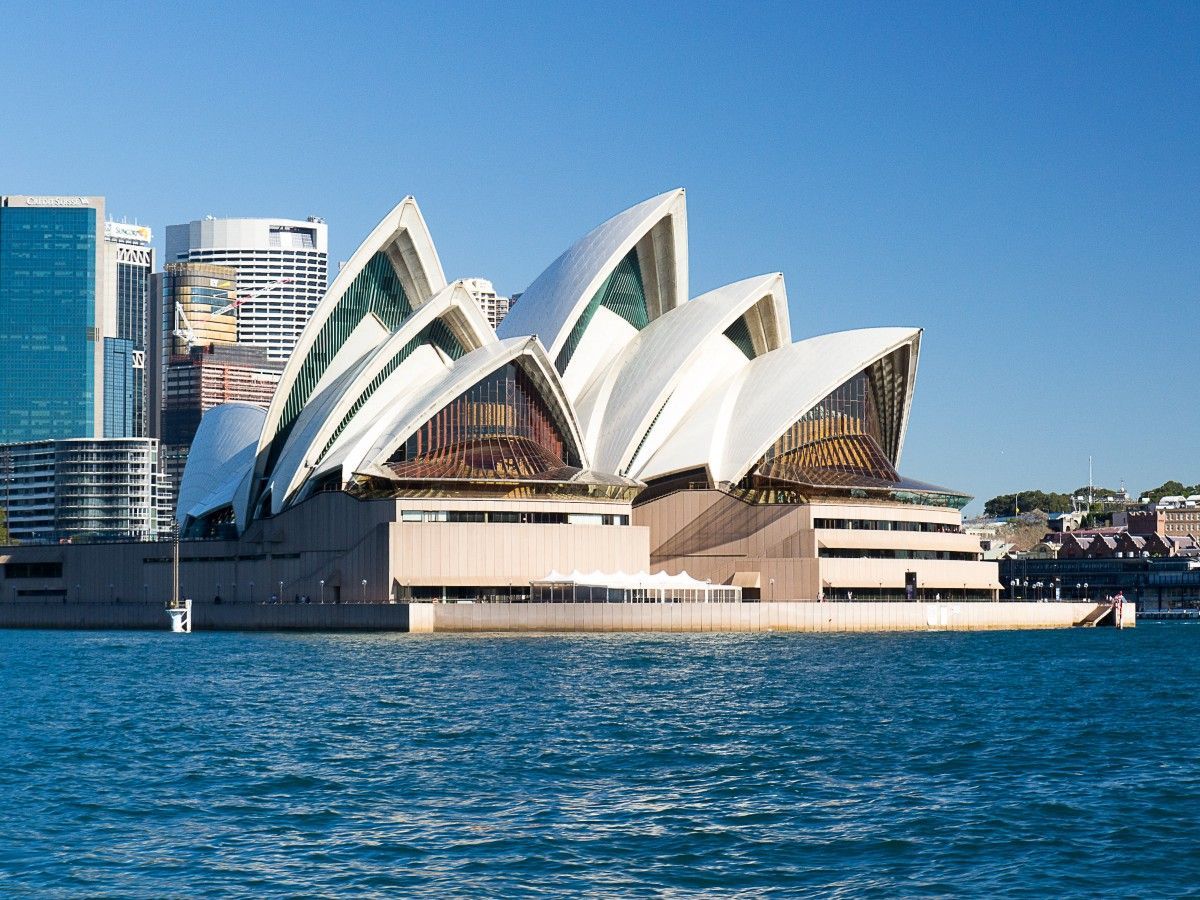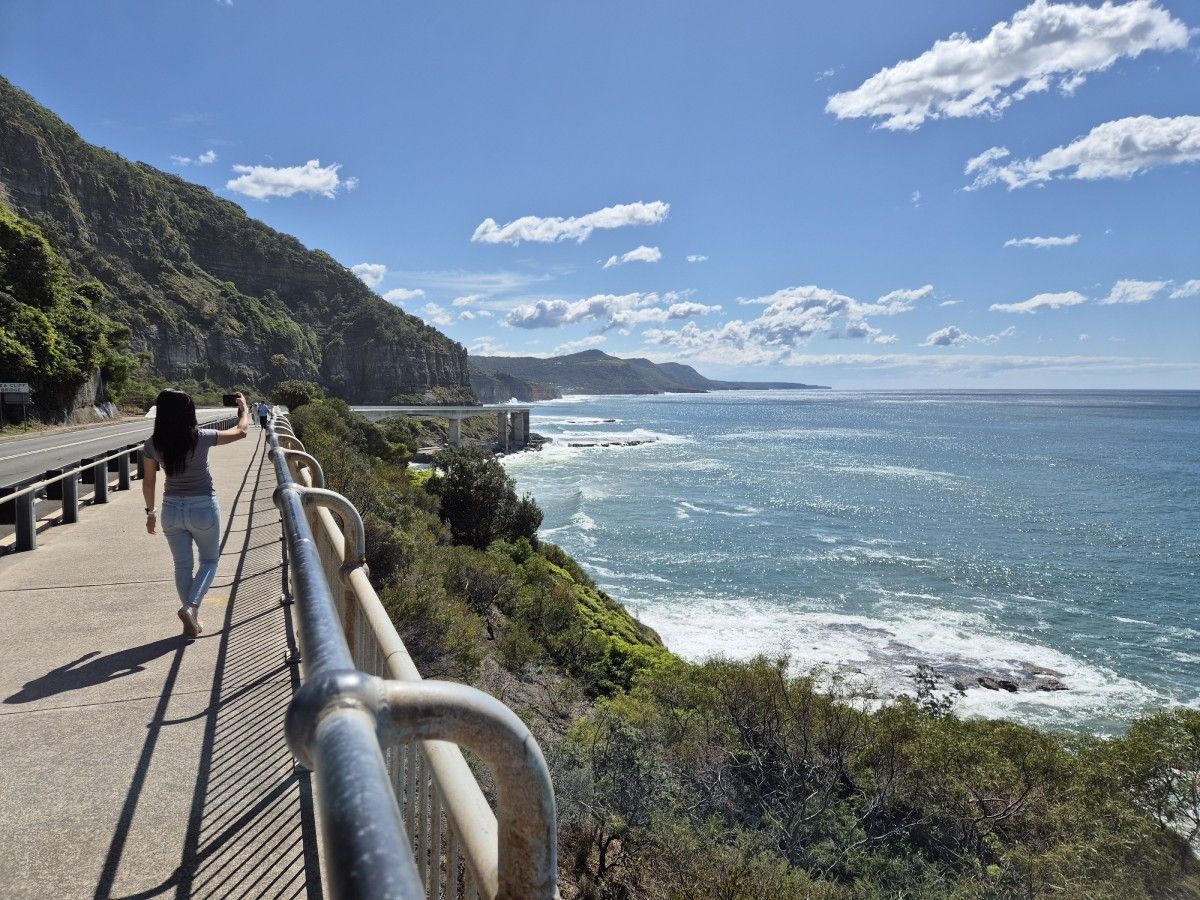Blue Mountains Weather Guide: What to Expect Each Season
The Blue Mountains is one of those magical places that looks beautiful all year round. But depending on when you visit, your experience can feel completely different, from misty mornings in winter to vibrant wildflowers in spring.
So, what’s the weather really like in the Blue Mountains? What should you pack? And when’s the best time to go? Let’s break it down by season so you can plan your adventure like a local.
If you haven’t already, check out our
Blue Mountains tours. They run year-round and are designed to help you explore the best of the region, no matter the season.
Key Takeaways
- The Blue Mountains weather shifts dramatically with the seasons, offering everything from warm summer hikes to misty winter valleys.
- Summer brings sunshine and long days, but layers are still essential for cooler forested areas and higher elevations.
- Autumn offers crisp air, golden eucalyptus forests, and fewer crowds—perfect for scenic trails like Wentworth Falls.
- Winter showcases dramatic landscapes, misty mornings, and even the occasional snowfall, best enjoyed with cozy cafés and hearty meals.
- Spring is prime for wildflowers, flowing waterfalls, and native wildlife sightings, making it ideal for nature lovers and photographers.
- With tours running year-round, the best time to visit depends on whether you prefer colorful autumn walks, winter coziness, spring blooms, or summer adventures.
Summer in the Blue Mountains (December to February)
Temperature
Average temps: 15°C to 30°C (59°F to 86°F)
Summer brings warm weather, long daylight hours, and lush green scenery. It's the perfect time for bushwalks, scenic lookouts, and soaking up panoramic views under blue skies. But keep in mind, temperatures can still vary, especially in shaded forested areas or higher elevations, so it’s smart to pack layers.
What to pack:
- Light, breathable clothing
- A hat and sunscreen
- Plenty of water
- A light jacket for cooler spots or changing conditions
For a more detailed checklist, see our Blue Mountains packing list.
Local tip: This is also peak holiday season in Australia. If you’re hoping to avoid the busiest crowds, book a
late start Blue Mountains tour to enjoy a more peaceful experience.
Autumn in the Blue Mountains (March to May)
Temperature
Average temps: 10°C to 25°C (50°F to 77°F)
Autumn in the Blue Mountains is something else. The eucalyptus forests start turning golden, and the valleys come alive with color. The air is crisp but not too cold, making it an ideal time for walking trails like Wentworth Falls or the Grose Valley.
What to pack:
- Layers you can add or remove throughout the day
- A windbreaker or raincoat (just in case)
- Comfortable walking shoes with grip
Why autumn is a favorite: Fewer tourists and milder temperatures make this one of the best times to truly enjoy the region without feeling rushed.
Winter in the Blue Mountains (June to August)
Temperature
Average temps: 0°C to 15°C (32°F to 59°F)
Yes, it gets cold up here. But winter is also when the Blue Mountains feels its most dramatic. Morning mist blankets the valleys, waterfalls run strong, and you’ll get a whole new perspective of places like Echo Point or the Three Sisters. On especially chilly days, there’s even a chance of snow in higher elevations.
What to pack:
- Warm layers, including a jacket and scarf
- Gloves and a beanie
- Closed-toe shoes or boots
- An extra pair of socks for good measure
Pro tip: A warm meal hits differently in winter. Our
tours include stops at local mountain eateries where you can cozy up with delicious seasonal fare. If you’re wondering what’s included, visit our
FAQs for the full scoop.
Spring in the Blue Mountains (September to November)
Temperature
Average temps: 10°C to 22°C (50°F to 72°F)
Spring is when the Blue Mountains comes alive again. Wildflowers start blooming, waterfalls are still flowing from winter rains, and the weather is perfectly mild. It’s also the season where you’ll likely spot more native wildlife, like wallabies and lyrebirds.
What to pack:
- A mix of light and medium layers
- A camera or smartphone for the wildflower shots
- Walking shoes for the trails (some might be muddy from recent rains)
Spring highlights:
This is a popular time for nature photographers, especially with our
VIP Kangaroo and Koala Encounter, (If you’re combining your trip with a day in the city, consider a
private Sydney city tour to balance nature with culture.)where the light is ideal and the animals are active. Great for family travelers or anyone looking for a more immersive wildlife experience.
Frequently Asked Questions
Here’s a quick guide to the Blue Mountains weather and seasons so you can plan your visit with confidence.
What is the best time to visit the Blue Mountains?
Summer in the Blue Mountains (December to February) is warm, with average temperatures between 15°C and 30°C (59°F–86°F). Expect long days, lush scenery, and sunny The Blue Mountains are beautiful year-round, but your ideal season depends on what you love most. For mild hikes and color, visit in autumn or spring. If you prefer dramatic misty views and cozy cafés, winter is perfect. Summer offers long, sunny days for exploring but tends to be busier.
, though temperatures can shift in shaded or high-elevation areas. Light clothing, sunscreen, and water are essentials, but pack a jacket for cooler spots.
Does it snow in the Blue Mountains?
Yes, autumn (March to May) is one of the best times. With Yes, occasionally! Snow can fall during the coldest winter months—mainly in higher areas like Blackheath or Mount Victoria. While it’s not guaranteed, you can often see frost, misty mornings, and chilly air that make the region feel wonderfully wintery.
from 10°C to 25°C (50°F–77°F), the weather is crisp and pleasant. The forests turn golden, walking tracks like Wentworth Falls shine, and there are fewer tourists. It’s the perfect mix of mild weather and vibrant scenery, ideal for exploring without the crowds.
How cold does it get in winter?
Snow is rare but possible in higher elevations during winter (June to August). Average temperatures range from 0°C to 15°C (32°F–59°F), and mist often covers the valleys. Even without snowWinter temperatures in the Blue Mountains range from around 0°C to 15°C (32°F to 59°F). Mornings are crisp, and valleys can stay misty until late morning. Warm layers, scarves, and gloves are essential for staying comfortable while exploring.
winter offers dramatic landscapes, strong waterfalls, and cozy cafés. Warm layers, gloves, and sturdy boots are highly recommended.
What should I pack for a Blue Mountains trip?
Pack layers! The weather can change quickly due to elevation. Light clothes for warmer days, a jacket for cooler conditions, and sturdy walking shoes are must-haves. Don’t forget sunscreen, a hat, and water—especially in summer.
What makes spring special in the Blue Mountains?
Spring (September to November) bursts with life—wildflowers bloom, waterfalls flow, and native wildlife like wallabies and lyrebirds are more active. With temperatures between 10°C and 22°C (50°F to 72°F), it’s an excellent time for photography and nature lovers.
What is summer like in the Blue Mountains?
Summer (December to February) brings warm, sunny days averaging 15°C to 30°C (59°F to 86°F). It’s ideal for bushwalks and scenic lookouts, though forested areas can feel cooler. Since it’s also peak holiday season, consider booking tours early or starting later in the day to avoid crowds.
Are the Blue Mountains busy all year?
Crowds peak in summer and on weekends, especially around major lookouts. Autumn and winter tend to be quieter, making those seasons ideal if you prefer peaceful trails and less busy viewpoints.
What can I expect in autumn?
Bring light, breathable clothing, sunscreen, and plenty of water. A hat helps with sun protection, and a light jacket is useful for higher elevations or sudden changes inAutumn (March to May) transforms the eucalyptus forests into shades of gold and red. With temperatures around 10°C to 25°C (50°F to 77°F), it’s perfect for hiking trails like Wentworth Falls or Govetts Leap. The crisp air and smaller crowds make it a favorite among locals.
temperature. Since summer is peak holiday season, booking early or opting for a late-start tour helps avoid heavy crowds.
Can I visit the Blue Mountains during rainy weather?
Absolutely. Rain enhances the waterfalls and creates an atmospheric mist across the valleys. Just pack a raincoat, non-slip shoes, and layers. Many lookouts and cafés remain open, offering cozy views of the changing landscape.
Do tours run year-round?
Yes, tours operate in every season. They’re designed to highlight the best experiences for the conditions—like lush summer trails, autumn colors, misty winter views, or spring wildlife encounters. There’s always something beautiful to see in the Blue Mountains.
So... When’s the Best Time to Visit?
Honestly, there’s no bad time to visit the Blue Mountains. Each season brings something special, whether it's autumn colors, winter mist, spring blooms, or summer sunshine. What matters most is picking a time that matches your style of travel.
- Want cooler hikes and cozy cafés? Go in winter
- Love waterfalls and wildflowers? Spring or autumn
- Prefer long, sunny days? Summer’s your best bet
With Picture Me Sydney, you’re never stuck with a one-size-fits-all itinerary. Our
small-group and private tours are crafted to help you make the most of your visit, no matter the season. We take care of the details so you can just relax and enjoy the views.
Planning your trip?
Take a look at our Blue Mountains tours or visit our FAQs for answers to common questions like what to bring, how long the walks are, and what’s included in the tour.
Let us show you the Blue Mountains the way locals see it—peaceful, breathtaking, and filled with unforgettable moments.
Book your adventure today!


